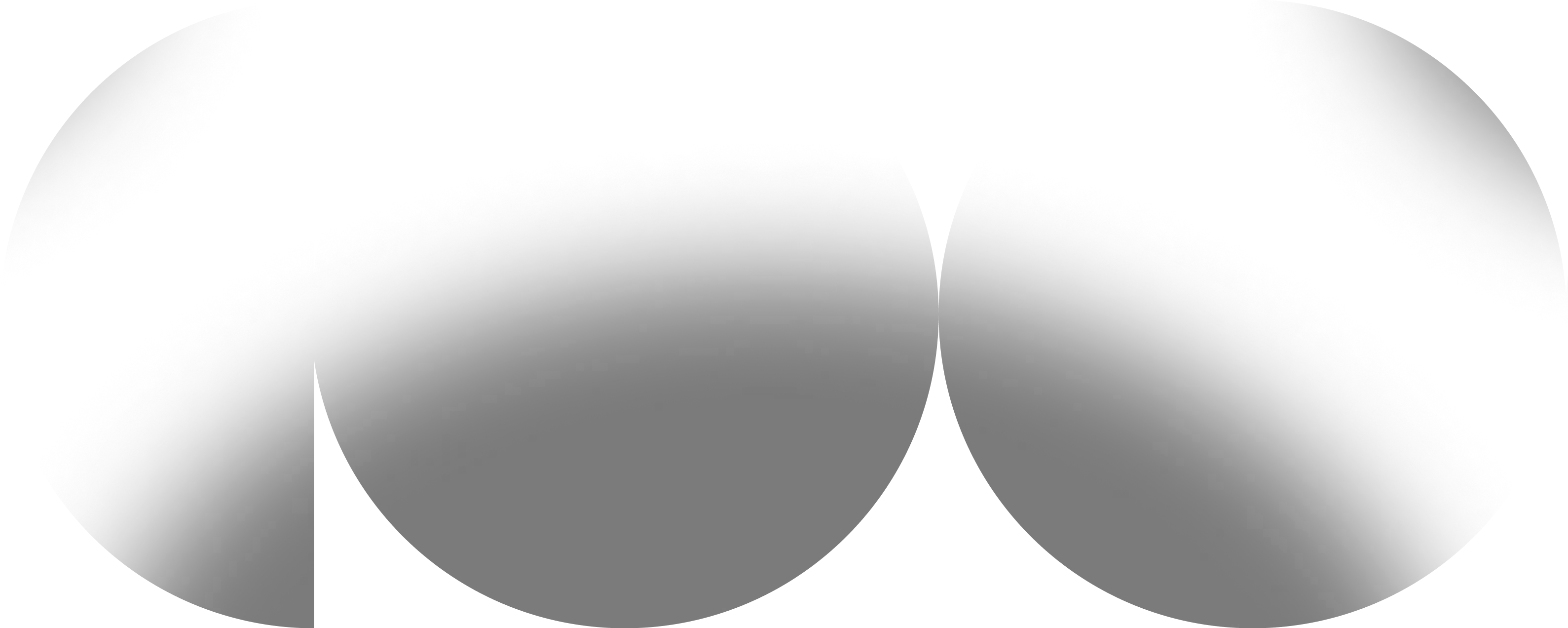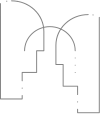

get in touch
with
Thank you for reaching out!
We'll be in touch.
The primary goal of lo-fi prototyping is to visualize and communicate design ideas, user interactions, and workflows without getting caught up in intricate design elements or complex development processes.
Lo-Fi (low-fidelity) prototyping is a technique that we use to quickly and cost-effectively create simplified, basic representations of a digital product's interface and functionality. In the early stages of product development, ideas are often nebulous and multifaceted, making it challenging to convey their essence comprehensively. Through the creation of tangible prototypes, designers, developers, and stakeholders can initiate a unified dialogue that transcends abstract concepts allowing them to promptly discard nonviable ideas, iterate on promising ones, and ultimately arrive at a refined design direction, all while minimizing sunk costs.

Lo-fi prototypes allow you to visualize your product ideas quickly. Developing a lo-fi prototype enables your team to efficiently translate abstract concepts into tangible representations, promoting a better understanding of the product's potential experience, functionalities and look & feel.

Lo-fi prototyping helps you identify and rectify design flaws early, reducing the likelihood of costly changes during later stages of development. They facilitate quick and easy iterative improvements, allowing you to refine your product concept multiple times before committing to detailed design and development.

By having a tangible prototype to share, you can gather valuable feedback from potential users or stakeholders at an early stage. This helps identify usability issues, design flaws, and other challenges before investing significant resources in high-fidelity development.

While lo-fi prototypes focus on the user interface and interaction, they can also help identify potential technical challenges or limitations early in the design process. It also aligns well with agile development methodologies, allowing you to create a basic version of the product quickly, which can serve as a starting point for iterative development and continuous improvement.

Design prototypes allow you to align the design with the project's business goals and objectives. By mapping out the user journey and interaction points, you can ensure that the digital product supports the intended user behaviors that contribute to the business's success. Also it provides a tangible starting point for discussions and decision-making among stakeholders.

The cost savings resulting from early issue identification, reduced rework, and efficient resource allocation contribute to a higher return on investment (ROI) for the product development endeavor. Organizations that embrace these principles are better equipped to navigate the complexities of a competitive business landscape, ensuring sustainability and continued growth.
IMPROVED EFFICIENCY
Companies committed to investing in digital products R&D anticipate a 31% increase in efficiency, along with a 28% reduction in time-to-market for new products and services releases.
INCREASED REVENUE
Companies with a more mature digital product development process boast more innovative product and service portfolios. They are able to generate over 20% of their revenue from products and services that are less than two years old.
REDUCED COSTS
Companies that invest in research and prioritize digital product development are poised to realize a substantial 13% reduction in production costs over the next five years.
“Our projects successfully increased the number of authenticated users, improved monthly usage numbers, and boosted business growth. Their knowledge of design & development trends set them apart”. Victoria Monroig, UX Director A+E Networks
View more
Obviously, this website uses cookies.
view policy